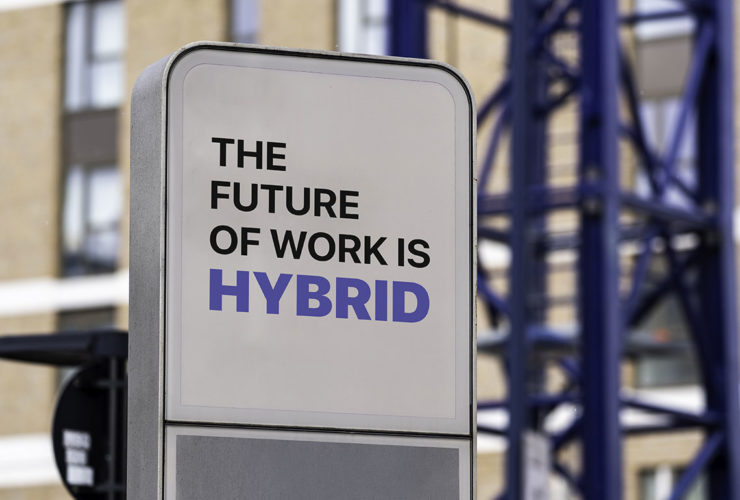In the “Wizard of Oz,” we’re repeatedly reminded that Dorothy must “follow the yellow brick road” to find the wizard and get home to Kansas.
As a technical recruiter, you also have a road that you must navigate successfully to reach your goal—delivering quality tech talent to the hiring manager. But this road:
- Isn’t made of yellow bricks, making it harder to travel
- Must be traveled quickly to reduce time to hire
Let’s take a look at the key stages in the journey that technical recruiter need to get right. Failing in any of these stages could make your chances of delivering quality talent melt away like the Wicked Witch of the West.
Stage 1: Get Hiring Manager Buy-In
You can’t successfully navigate the road to better tech talent alone. Just as Dorothy has traveling companions, you need the hiring manager on your journey.
The hiring manager should be your partner during the technical recruiting process. You need an intensive intake session with the hiring manager to get details about the job and agreement on the technical screening tools and process that will be used, and you need him or her to communicate with you during the process as events dictate.
Since the goal is to find a successful new hire for the hiring manager, it would seem he or she should want to be invested. But that’s not always the case—especially if you fail to make having a quality relationship a top priority.
Stage 2: Define the Job
If you don’t know enough about the talent you’re supposed to find, you’ll have to be extremely lucky to find it. You can only gain this clarity with input from the hiring manager. No intake session with a hiring manager is complete until you’re clear about what the job is, and the skills and experience strong candidates will have.
IMPORTANT: The “perfect candidate”—a candidate who meets every qualification—often isn’t out there. As a result, it’s vital to separate the “must-have” from the “nice-to-have” skills and qualifications.
Effectively defining the job helps the writing of an effective job description and guides your candidate screening. It also nurtures the hiring manager’s engagement, because it raises their confidence in the process and in your abilities.
Stage 3: Sourcing for the Right Talent
Once you know the talent you’re looking for, you need to go and find it. Easier said than done considering the intense competition for tech talent.
It’s critical to diversify your search—go beyond job boards and find talent at places where tech professionals congregate, such as industry conferences and online communities such as GitHub and Stack Overflow. You might consider targeting passive candidates as well, especially if your company has a strong employer brand.
Be careful not to shut out certain candidate groups. With many organizations looking to improve diversity, the ability to find talent from groups that are underrepresented in IT, such as women, can be highly valued. And, of course, they add to your overall candidate pool.
Stage 4: Screening for Synergies
Once you’ve sourced talent, begin the screening process to eliminate candidates who clearly aren’t a good fit.
It’s important to screen for both eligibility and suitability factors.
Eligibility factors might include:
- The candidate’s salary demands are within your range
- The candidate lives near or is willing to move to the job location
- Required certifications
- Required skills are listed on their resume, LinkedIn, etc.
Suitability factors are considered less objective, yet the insight generated is the most predictive of future success in IT roles. Parts of suitability screening include:
- Knockout questions (administered by recruiter)
- Automated skills assessments
- Workstyle assessments
- Behavioral technical interviews
In your screening, consider speed and quality, the candidate experience, diversity and inclusion, and whether the screening is legally compliant. Because of all of the different factors and tools, screening can be complex and can slow down the hiring process significantly if you’re not careful. We recommend using a screening checklist (we’ll provide an example next week) that technical recruiter agree upon with the hiring manager during intake.
Stage 5: Validating Your Shortlist
Although we noted behavioral technical interviews in the last step, they bear special mention here. A landmark University of Notre Dame study found that behavioral interviews are 5.5 times more predictive of future job performance than traditional interviews.
As such, scored behavioral technical interviews—which evaluate how well candidates’ technical skills and experience meet the requirements for the job—should be the last step before submitting your shortlist to the hiring manager. It’s essential, however, that the interviews are conducted using best practices.
Stage 6: Submitting to the Hiring Manager
You’ve completed your work. Now it’s time for the hiring manager to finish the hiring process, including making next round interviewing decisions, working with HR to extend an offer, and making a hire.








